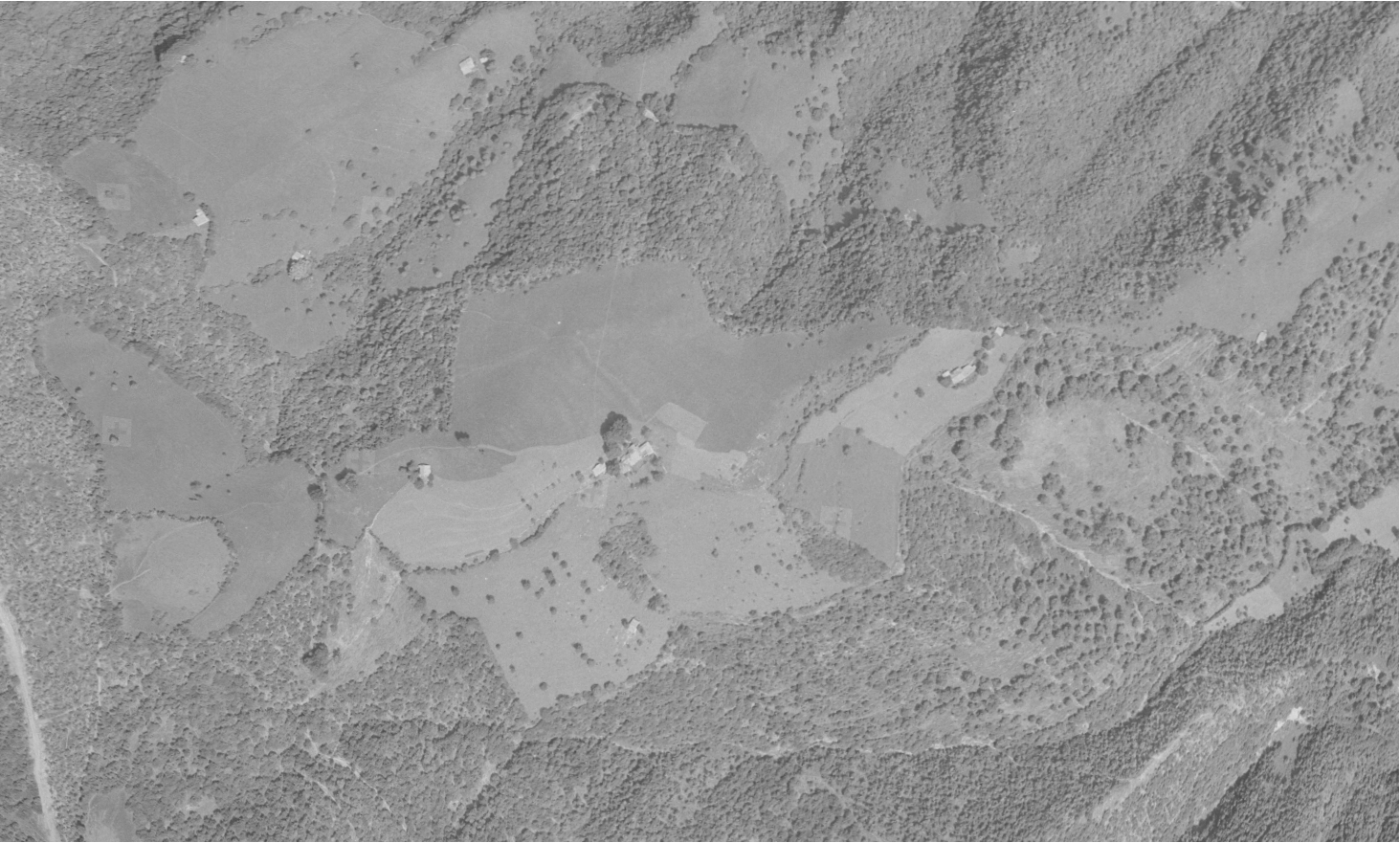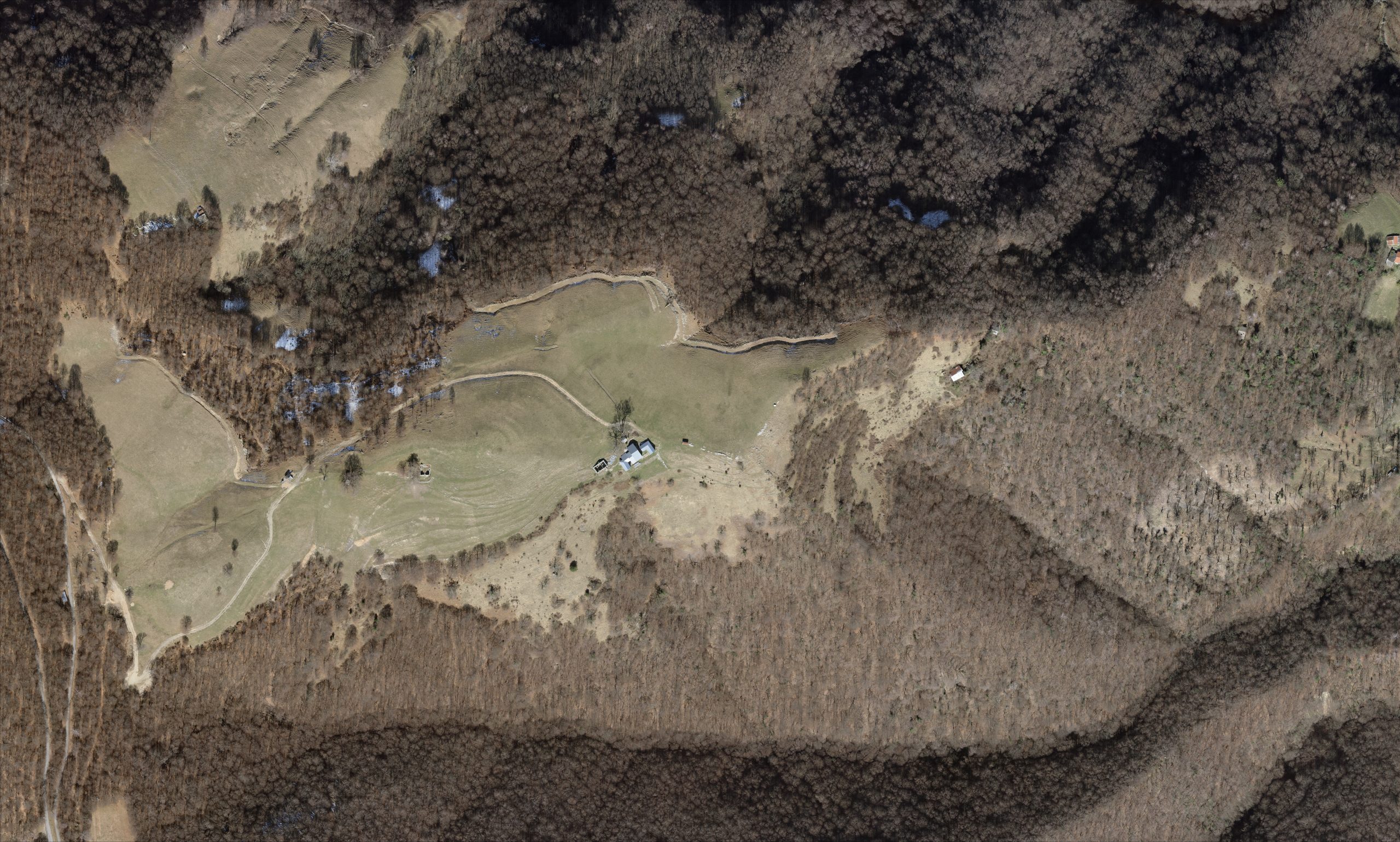From its summit to its foothills and hills, the broad massif of Monte Generoso is characterized by a significant variety of landscapes, geological formations, and climatic conditions. These particularities have over time resulted in the formation of diverse biotopes particularly rich in plant and animal species. This led to the emergence of human-ecosystem interactions and land-use patterns that have produced distinct cultural landscapes.
The unique and exceptional character of this area justified its listing in the Federal Inventory of Landscapes, sites and natural monuments of national importance (BLN – object no. 1803 Monte Generoso) in 1977. In 1998, the Canton ordered the adoption of the Monte Generoso cantonal utilization plan (PUC – MG, 1998), a specific planning instrument designed to protect and enhance the valuable natural, cultural and landscape components of the Monte Generoso region, to promote its agricultural and forest management, and to regulate its use and settlement.
Situated on the eastern slope of the Generoso massif, characterized by a rich mosaic of meadows, pastures and forests, the Pianspessa promontory protrudes perpendicularly from the ridge of humps in an eastern direction toward the upper Muggio Valley. The region is ideally encircled by a chain of mountains, with Mount Generoso to the north, Mount Orimento to the northeast, Mount Lignone, Grigna and Sasso Gordona to the east, Mount Bisbino to the south and the ridge of the humps to the west. The orography of these places allows us to appreciate the decline of the Alps into the gentle silhouettes of the pre-Alpine foothills, a prelude to the Po Valley and the Mediterranean, and to better understand the transitional character of the Generoso massif and the Muggio Valley.
The Pianspessa domain, located close to the municipalities of Castel San Pietro and Breggia, is a vast open area of about 13 hectares bordered by magnificent deciduous forests that are a refuge for a rich fauna. Due to the physical unity of the compartment and the gradual relativization of management and administrative limits, the toponym “Pianspessa” (fertile plain, plateau where the grass is thick), originally referring to a specific area, nowadays identifies the entirety of the open area included between the forested edges. This area represents not only a physical and landscape unity clearly distinguishable from all the heights and summits that constellate the Muggio Valley and Mount Generoso, but also an exceptional cultural landscape resulting from centuries of human exploitation.
The Manor Farm

In the lower part of the ridge, at an elevation of 990 meters, is the main settlement of the area: the masseria, flanked by a nevèra (icehouse) and a stable. Characterized by a U-shaped plan, an internal cross passage, and a clear symmetry of the volumes, the Pianspessa manor farm denotes several characteristics of the 18th century erudite architecture. The complex, attributable to Simone Cantoni (1739 – 1818), a forerunner of neoclassicism in the Lombard area, presents itself as a perfect synthesis of the 18th century courtly architecture and rural building tradition, combining their values, techniques, and forms.
In fact, Cantoni’s novelist project combines techniques and materials typical of the mountain area – stone walls, vernacular slates roofs, etc. – with elements typical of burghers and urban architecture – bricks, plaster, granite, etc.. Buildings typical of rural settlements such as the icehouse, chestnut-drying house, cistern, vegetable gardens and apiary find their place within an innovative architectural complex responding to cultural models such as the Villa di Delizia or, more generally, urban and burghers’ architecture.
The Nevèra (Icehouse)

The icehouse, slightly separated from the alpine settlement, possesses an internal circumference of about 3 meters and a height of 5 meters. The building has plastered walls and a false vault with a two-pitch roof covered with vernacular slates.
Surrounded by a crown of hundred-year-old maples – likely planted at the same time as the building was constructed in 1770 – the icehouse was filled with compacted snow during March in order to keep milk and butter cool during the summer months.
The Roccolo (Bird stare)

In the upper part of the domain, at an elevation of 1050 meters, a bird snare’s tower with great architectural originality delimits the western end of the area covered by the landscape project.
The curved façade of the building, unique of its kind in the Muggio Valley, reveals the attention lavished by the architect who designed it in reconciling aesthetics and functionality: in fact, this detail allowed the birdman to enjoy a greater view over the circular area in front of the tower while conferring considerable elegance to the building. Built close to the cultivated terraces present on the south side of the farm, the roccolo made it possible to attract and capture passing flocks during the migratory period, thus saving crops from bird raids.
Although the double row of trees that surrounded the elliptical area located in front of the tower has disappeared, the tree line that surrounded and concealed the building and a basement wall placed to support the plateau in front of the building have been partially preserved.
The Stables

On the slopes of Pianspessa – as everywhere in the Monte Generoso and Muggio Valley-stables are numerous. Scattered on the south slope of the farm, the four stables served as a place to collect hay and as shelter for cows and goats
The abundant hay from the meadows of Pianspessa was thus stored in large barns to sustain the livestock during the winter months. “At Pianspessa the barns are all walled up with hay, (…) the present year has shown the necessity of the large barns to store the pure hay of the aforesaid place.” wrote Giacomo Fontana to Simone Cantoni in September 1781.
In ruins, the present stables on the Pianspessa farm will accommodate a shelter for the animals, some housing, the dairy, and reception rooms.
The Dry-stone Walls

The more-than-400 linear meters of dry-stone walls present on the Pianspessa domain are silent witnesses of the harmonious relationship between humans and nature.
Bold retaining walls or low walls gently inserted into the slopes; these constructions stand as a reminder of the necessity – which in not-so-distant times – prompted humans to ” tame” the steep soils unsuitable for cultivation through the creation of terraces.
The Fountain

Located at the end of the path branching off from the manor farm in a westerly direction, the granite fountain – surrounded by centuries-old beech trees (fagus) – is a remarkable feature both for its size and for the material from which it was made.
The granite, which is very rare in the Muggio Valley, was probably obtained from an erratic boulder or transported on the back of a mule to this place: evidence of the significant financial means invested on these lands.
The Dry Meadows

Located on the southern slope of the subdivision, the nearly 3 hectares of dry meadows and pastures constitute an extraordinarily important biotope.
These environments, forged by prolonged agricultural land use, are rich in biodiversity.



